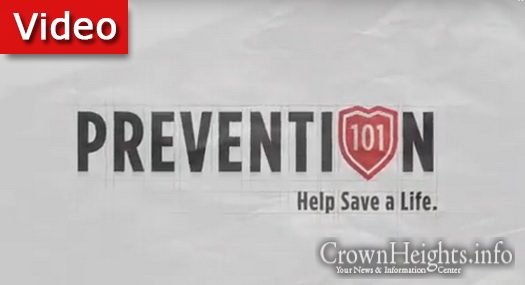
Operation Survival: Why Are So Many Teens Self Medicating Today?
Dena Gorkin, CPP, Director of Community Education at Operation Survival and Principal of Bnos Chomesh Academy.
Anxiety and depression in preteens and teenagers are more prevalent today than five years ago. One potential contributing factor that has increased dramatically in the last five years is children’s access to social media from a very young age. By fifth grade, many children have cell phones, which provide almost constant access to social media. By the time they are teenagers, they have been exposed to social media for several years.
Most of the current adult population did not have this same experience in school. There was, of course, school pressure and social drama, but the minute a student walked out of the school building, the social drama was over until the next day. At that point, the worst that could happen was someone called and said something nasty to the young person. People did not have to pick up the phone or their parents might not even have allowed them to use the phone. Social drama did not extend to after-school hours.
Now, not only does social drama occur throughout children’s regular school days, but as soon as school is over, they are on Instagram and Snapchat. They are counting their likes and how many people responded to their posts. The social drama from the school day continues and even escalates. Children’s anxiety levels might have been kept at bay if the social drama was only taking place at school, but now, the drama follows them through the evening until they drop off to sleep with their phones in their hands. Children cannot easily escape, so their anxiety levels only continue to rise.
Social media has contributed enormously to anxiety in young people. Before cell phones, in order to find trouble and be exposed to the high life, one had to leave his or her home. Now, children can find these things without leaving their rooms. On social media, they see all these wonderful, beautiful people engaging in risky behaviors or having what appears to be a great time.
Children often feel their lives do not match with the lives they are seeing online, and for some children, they might be having a rough time at home. To escape, they stream content all evening—television, movies, and social media. By constantly comparing their lives to what they see in social media, they begin to feel inadequate. They feel as if they are missing something from their lives. This also increases anxiety.
The devices we deem “normal” and believe that every child should have, contribute to the increased anxiety in young people. According to Dena Gorkin, these devices have created a new form of addiction. It is important for parents and other adults to monitor their children’s emotional state and evaluate their children’s use of social media and electronic devices.















